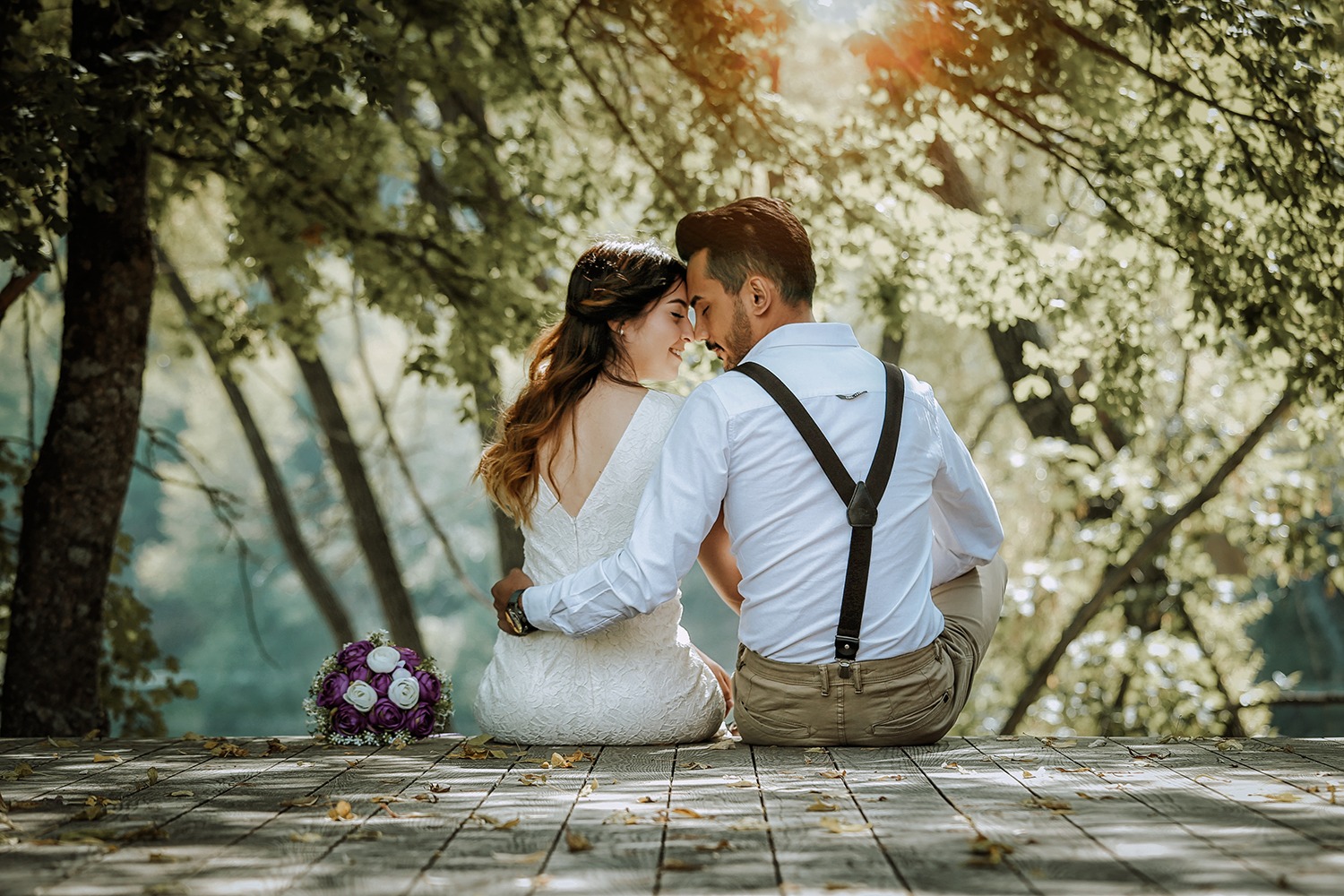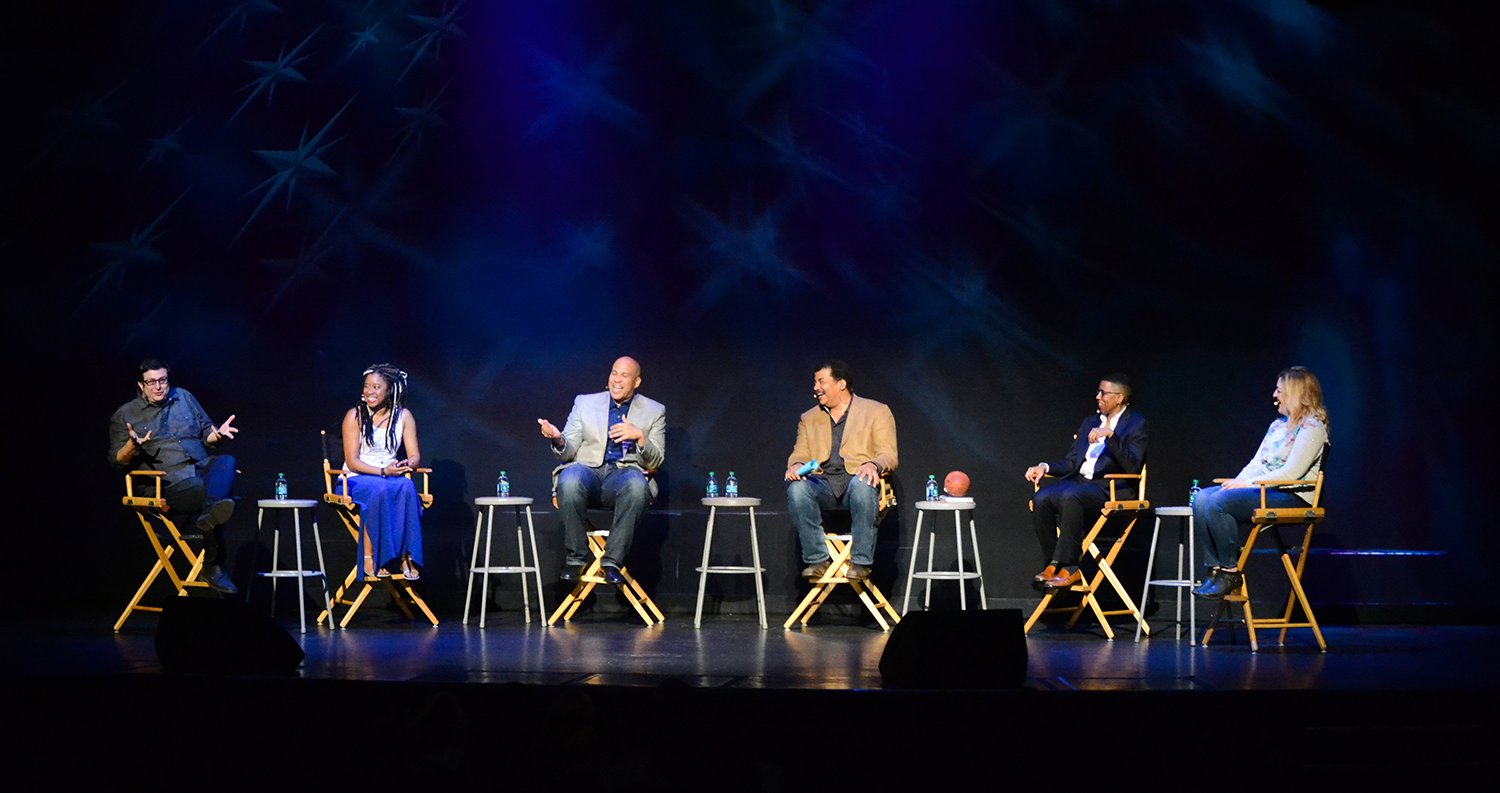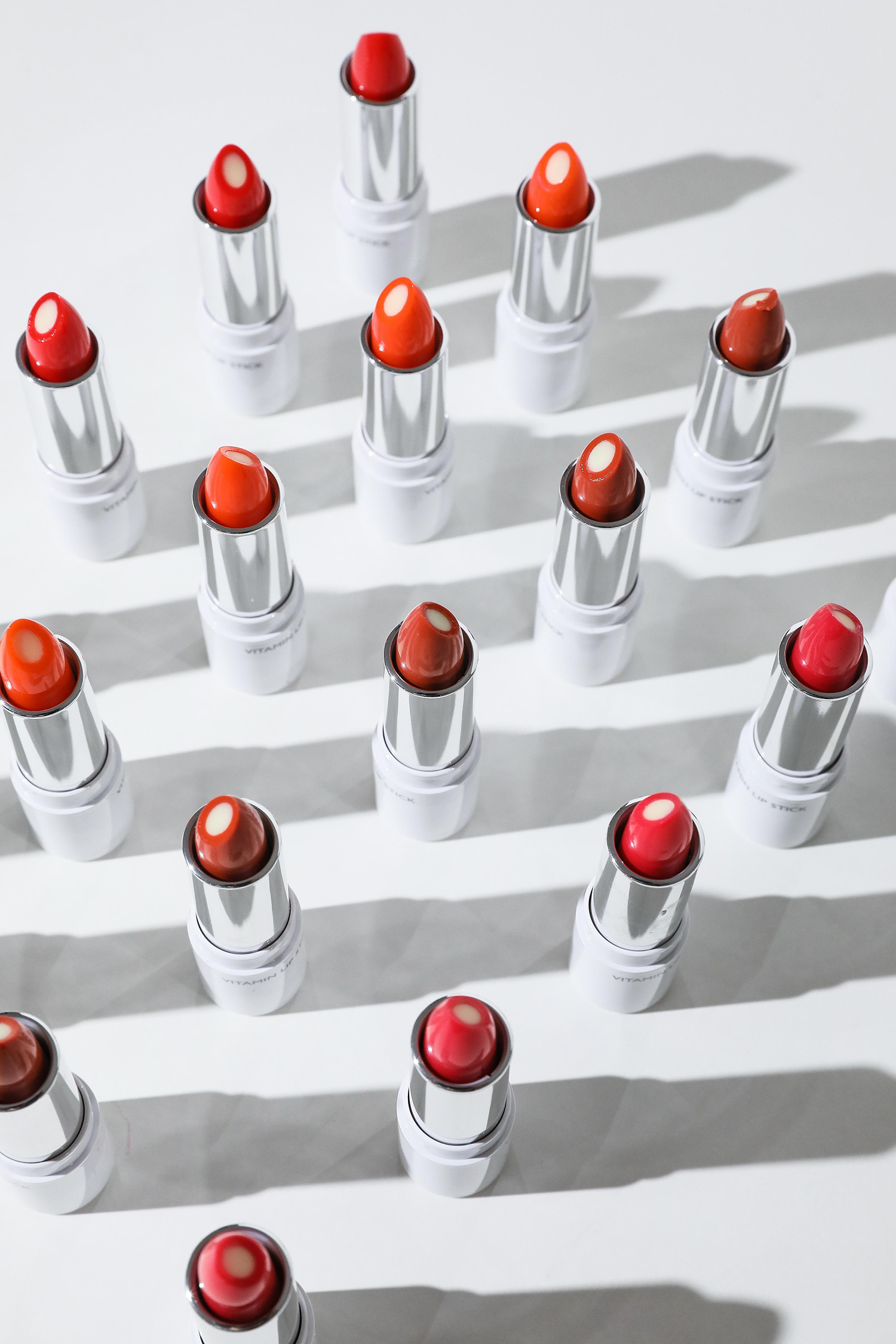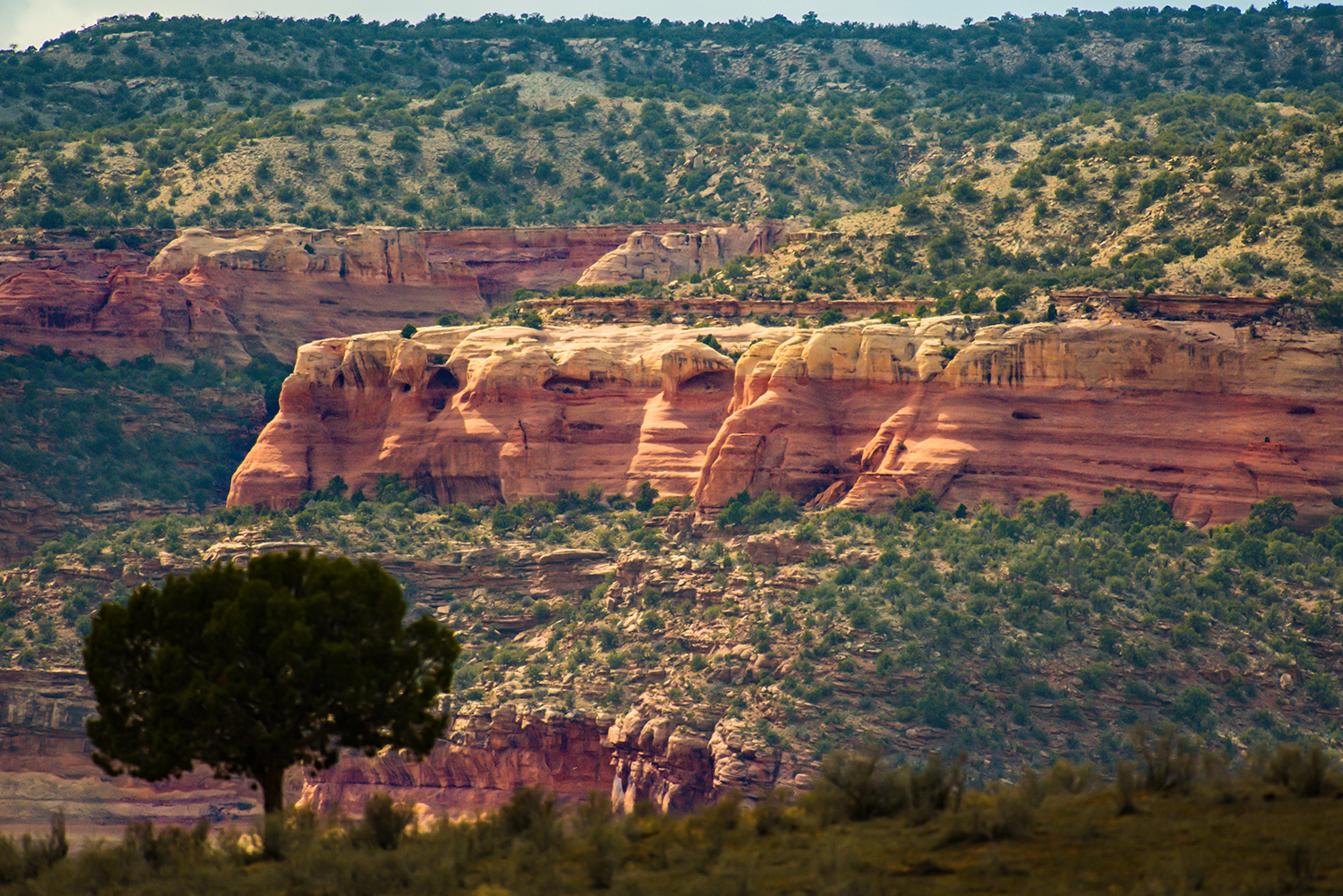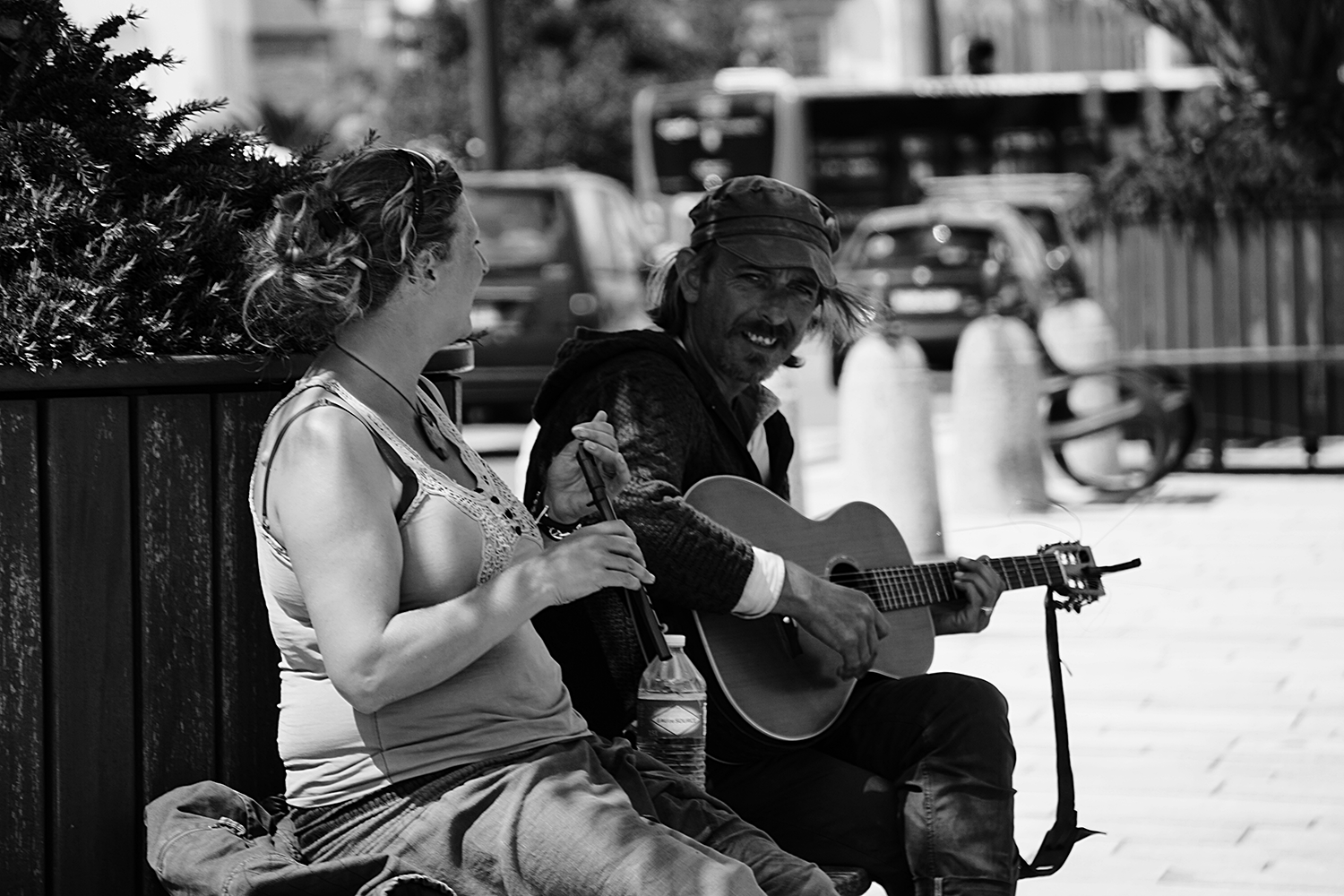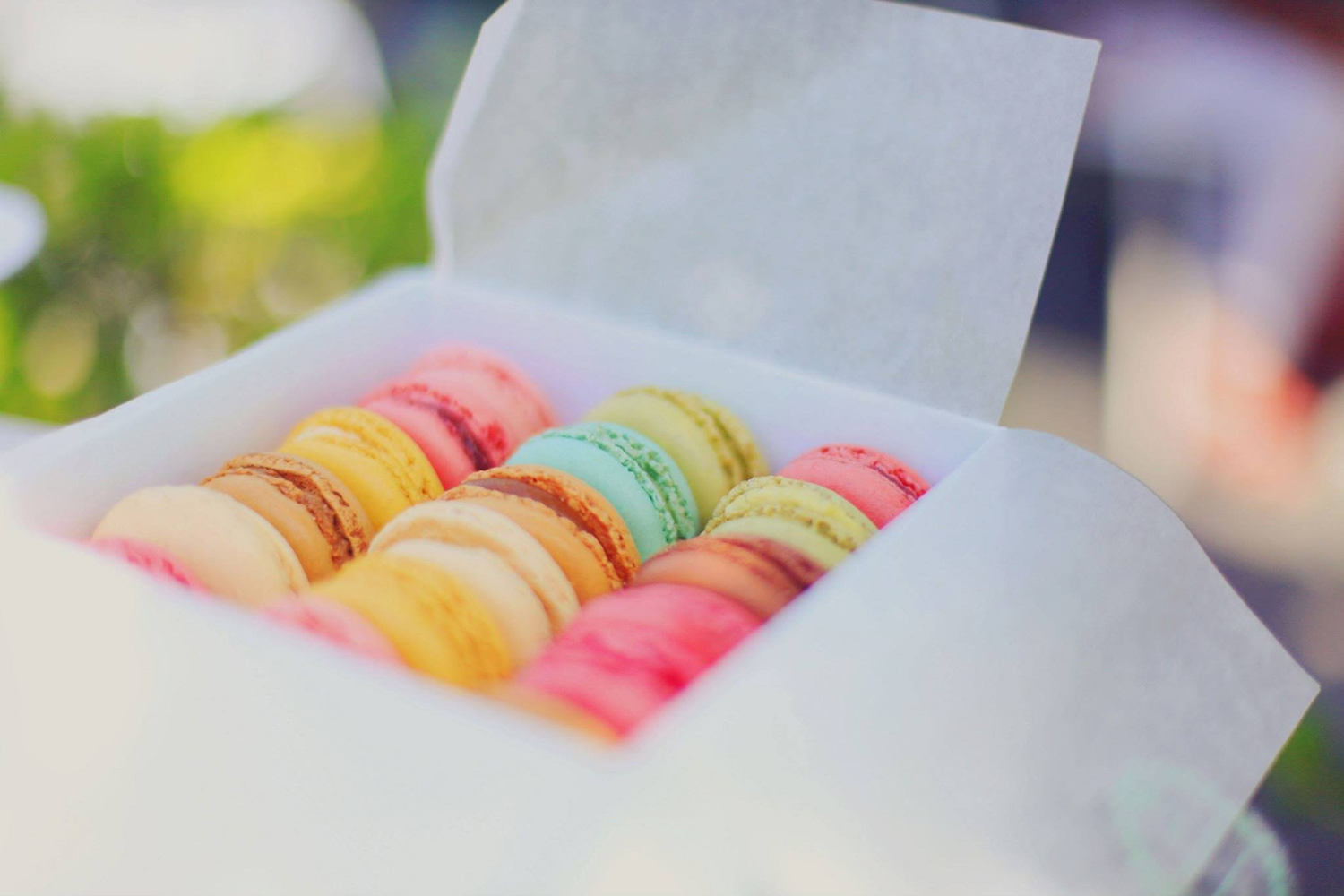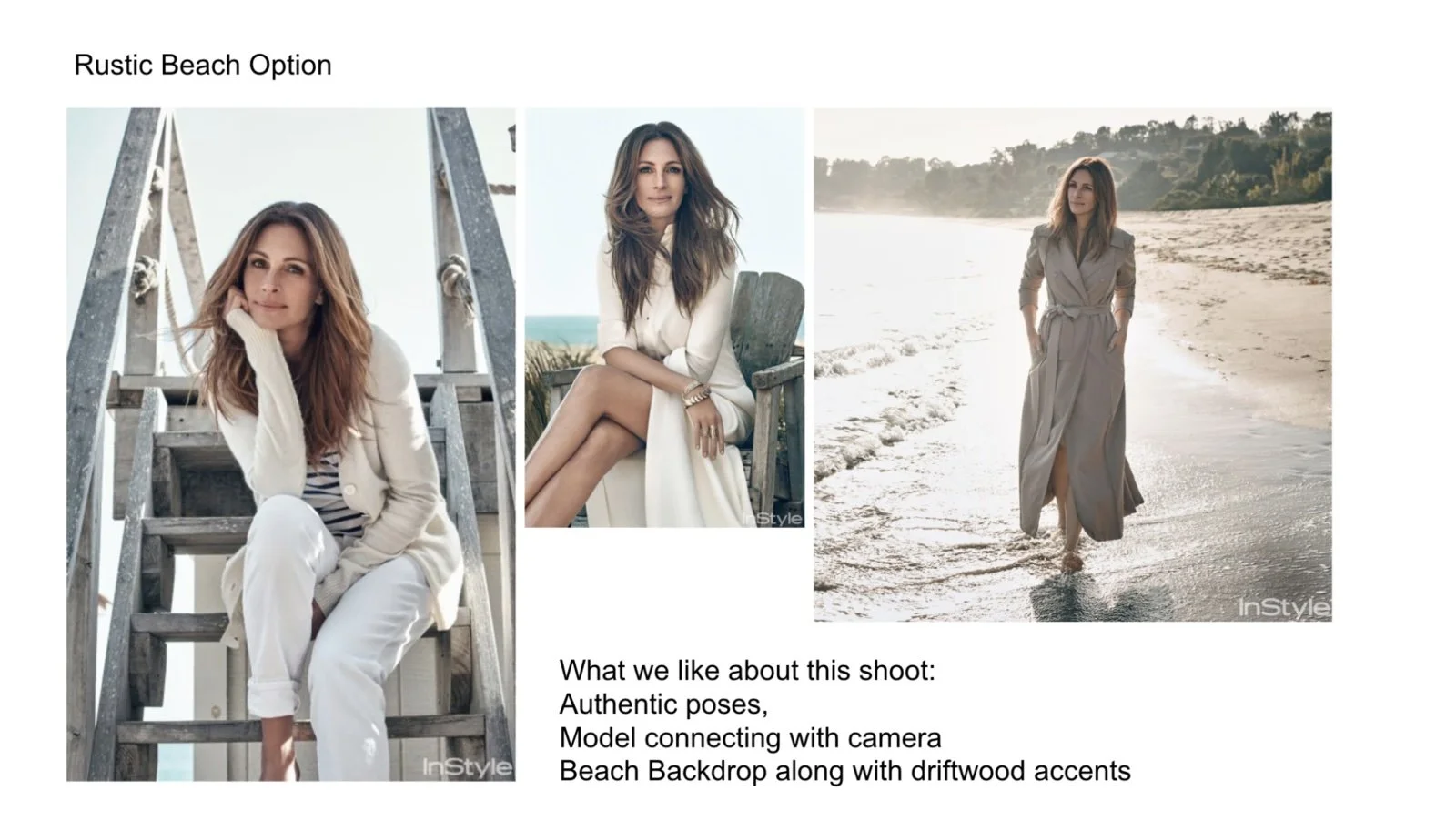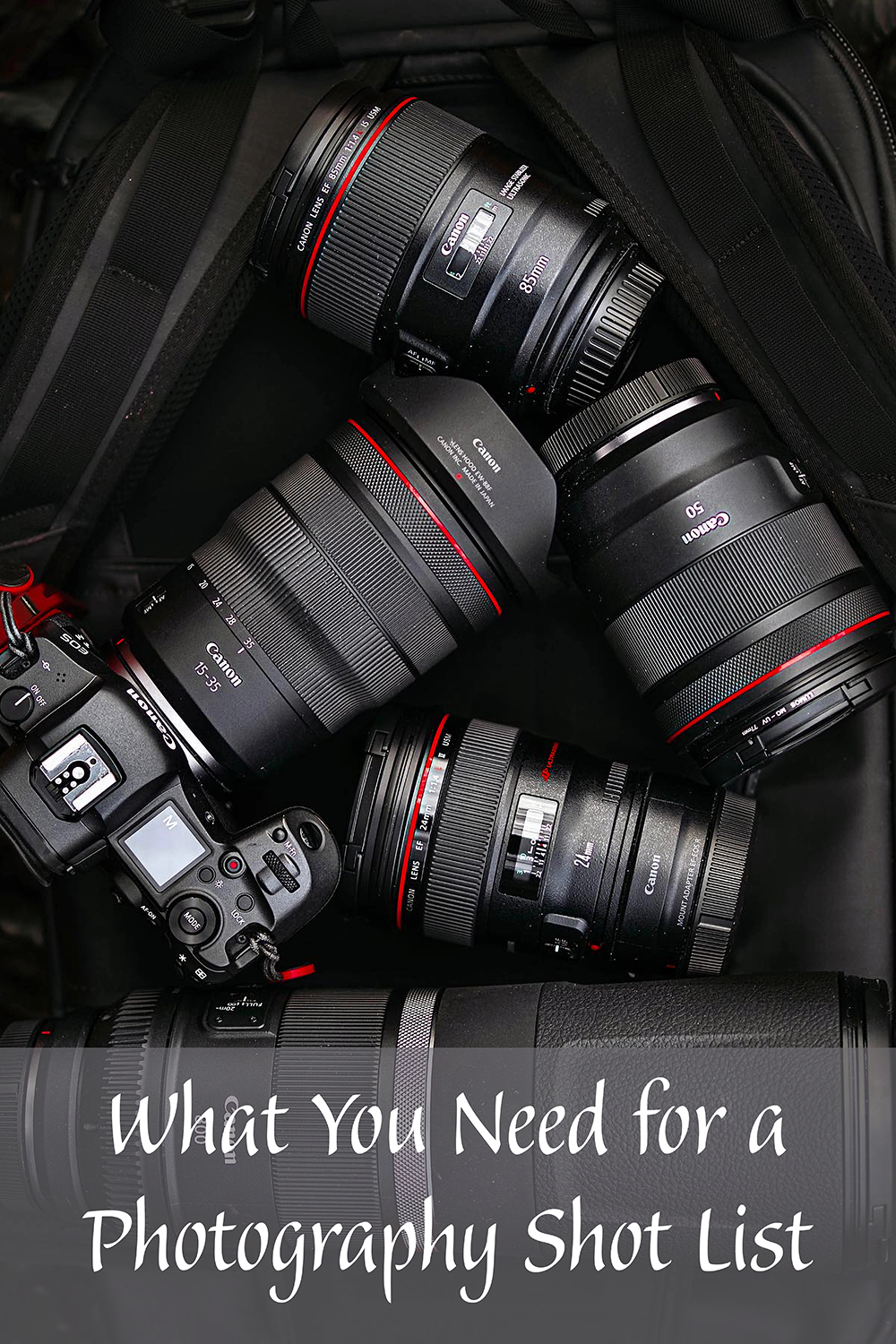Communicating the moments you want captured during a photo shoot is essential for getting the pictures you want. That’s why you need a photography shot list to make sure your shoot is a success.
Think of a photography shot list as a checklist for everything you want a photographer or photo production team to capture the day of the shoot. If there are visual references you’re inspired by or certain images you don’t have, your shot list plays a major role in communicating those needs to the photographer. To create one, here’s what to consider:
The photos you need and how you’ll use them
What do you want to photograph? Are certain images missing on your website, social media, or email? Do you wish you had certain shots to highlight a product’s feature or promote a recurring event?
As a producer, I’ve run into issues with last-minute photography requests. Knowing what my company, department, or co-workers need in order to showcase their product or service helps me understand the kind of photography we want and whom to hire for the job.
It’s also important to decide how you’ll use the photography as different formats like digital and print vary on resolution, orientation, and size. The ideal orientation for Instagram photos, for example, is vertical but on websites, hero images at the top are horizontal.
You’ll also want high resolution photos for print so the images aren’t too soft or blurry. And lastly, don’t forget about cropping! Many times your marketing team may need to crop into a photo, so you’ll need to request some space around a subject.
Once you know what you want and how you’ll use the photos, compile your must-haves and nice-to-haves to help you determine what you’ll request in a photography shot list. Make a note of whether or not you want multiple shots of a particular subject or topic so you can be specific with the amount of shots you want. This impacts how much a photographer charges and what you need to budget, which brings me to my next point.
A photography budget
Determine ahead of time how much you can spend on photography and whether or not your budget is flexible. It’s important to decide this so you can negotiate costs. When I’m hiring photographers, I ask for budget options with different deliverables, crew size, and timelines so my company can weigh different options. If the estimate goes over the budget, I’ll see where we can make adjustments to deliverables or other areas in the photography shot list.
When it comes to budget, you should also think about Return on Investment (ROI). If you want photos that you can use over and over again in promotional materials, it might be worth paying a higher price to get the quality you want. And, no one is going to complain about having photos they can use for many purposes over the years.
What you want to capture
Think about what you want to see when you receive the final photos. If you’re hiring someone for an event, chances are you’ll have a list of VIPs such as the CEO, other senior leaders, and board members. You’ll probably want some group shots of them along with key speakers and any performers to promote on press outlets and your own channels. Having detailed shots of catering, moments of attendees mingling, and photos of the crowd can be helpful for promoting future events if this is an event your company does every year.
Knowing your photography subjects is essential for the photographer to capture exactly what you want. Unsure of what to ask for? Below are some examples you’ll want to think about for your photography shot list.
Wedding photography
Image by olcay ertem from Pixabay
Pre-wedding: This is the time to get outfits hanging on a wardrobe or chair, the wedding party getting ready for the ceremony, and emotional moments between the bride and groom. It’s the time to capture everything that goes on behind-the-scenes before the ceremony begins and the to-be-wed’s “first look” before they walk down the aisle.
The ceremony: In addition to the vows, think about the other moments you’ll want to see in your wedding photos. From the guests taking their seats to the wedding party walking down the aisle to the bride and groom making their way to the couple’s first kiss, you’ll want to think through each moment in your photos.
Wedding party: Either before or after the ceremony, you’ll want to make sure the photographer captures group photos of the wedding party and the couple with family members. These should be posed shots and not candid ones, those can come during the post-wedding party.
Reception: Speaking of party, when it’s time to cut the cake, hear maid of honor and best man’s speeches, and dancing, you don’t want to miss these memories.
For a more detailed list, visit a thorough checklist from The Knot.
Event photography
Image by tommyyo123 from Pixabay
Venue photos: Shots of the venue can be used for more than promotion. They can provide potential clients with a look at how the event space was used and how the space showcases their brand and designs. Make sure you include venue shots before and during the event.
VIPs: This includes sponsors, the CEO, board members, and senior leaders. You’ll also want to make sure you have photos of guest speakers and headline performers for recaps in follow-up emails to attendees and social media posts.
Attendees: Having these photos gives potential audiences an idea of what your events are like. Seeing photos of people enjoying themselves and having a good time shows what your company has to offer and can be helpful promoting future events. In addition to photographing people, you’ll also want to get sponsor shots if a product or service is being displayed so sponsors can see the value of what they donated.
For a closer look at event photography, check out this post.
Product photography
Image by Steve Jang from Pixabay
Product shots: It goes without saying that the first shots you’ll think of are of the product by itself on a colorful background or a specific location. You’ll probably want close-ups of the product so they make sure they’re on your shot list too! Decide if you want photos of your product in packaging and where you want it shown. If you want your kitchen spoons or mixer photographed in a kitchen, don’t forget to include that information.
Models: When it comes to product photos, you’ll want some with and without models. Showing someone using your product gives a potential customer an idea of how it is used and can improve their lives. You may even want some that don’t show the full model, such as a hand pouring a can of soda or a bottle of oil.
Props: Selling loose tea leaves or powdered matcha? Photos of these products by themselves may not be as compelling as ones with the product in a teaspoon or in a holder next to a mug. Think about how you’ll be photographing your product to figure out other props you might want.
Amount and type of photos
What kinds of shots do you want captured? Do you want a full shot of the scenery or closeups of certain objects? Do you want a certain number of each shot? It’s important to consider these questions as they’ll help your photographer understand specifics. When you provide more details, you’ll get composed shots from your photographer that enhance your subject.
Some common styles for a photography shot list include:
Wide or long shot
Image by Pexels on Pixabay
These types of shots show a large perspective. They’re often for photographs of landscapes, buildings, or other scenery where viewers can take in the setting and atmosphere.
Medium shot
Image by Pexels on Pixabay
A perfect balance of the subject and the background, this shot usually frames and shows the subject in their environment without losing information and context for the shot.
Detail shot
Image by Pexels on Pixabay
Also known as close ups, detail shots zoom in on a subject to highlight a specific detail or a person’s face. This provides a more intimate and emotional connection with the subject.
When deciding what kinds of shots and how many you want of each, think about the story you want to tell for your product or service. Determining what kind of emotional response you want to evoke and how in-depth you want to get with your subject will help you decide what types of shots to include in your photography shot list.
Style, inspiration, and other details
If there are certain styles that inspire you from websites, emails, or social media posts, share these examples with your photographer and point out what you like about the images. Not every example has to be incredibly detailed. These examples of shot lists by Kate Benson show both an in-depth version that’s effective if you want to give more detailed direction and a simplified shot list if you want a more open and flexible shoot:
Shot list for product photography by Kate Benson
Shot list for lifestyle photography by Kate Benson
Think about why you like certain styles. Do you like the plain background or do you want something colorful? Is a more natural background like a bright beach more enticing? Are you drawn to the craftsman and design elements of a product? Make sure you include these details in your photography shot list so your photographer ensures they have the equipment to do the job and your producer can book an ideal location.
Bottom line: The more information you provide in your shot list, the more success your photographer or photo production team will have when bringing your creative vision to life.
Like this post? Pin it for later!
Hero image by ZT_OSCAR on Pixabay


